Mushroom foraging is so difficult that it could be considered an art. It is also very dangerous, because there are just as many poisonous mushrooms out there as there are edible ones. That being said, New England has an amazing variety of edible wild mushrooms that are in season many months out of the year. If you know where to go, what to look for and how to forage, you can find hidden treasures in the American Northeast.
Look in the right place. There are hundreds of thousands of acres of forests in New England, and that is where you want to start your search for New England mushrooms. Mushrooms are one of nature's many ways of "cleaning up after itself," using the fungus to help matter decompose. In a forest, there is always a good deal of organic material in all stages of decomposition. Heavily shaded areas are a good place to begin your search. Also, fungus like mushrooms need a host to grow, and that host is often either a live tree or a downed log that is decomposing, or even a patch of ground that has a good deal of decomposing forest matter. Any of these areas of your New England forest will set you off in the right direction.
Forage at the right time. The best time of year to go foraging for wild mushrooms in New England is early fall. The best temperature for mushrooms to grow is warm but not hot. The morning is the ideal time to look for your wild mushrooms. Mushrooms have a remarkably short life span: Many form, grow and die off completely in a matter of hours. By the middle of the day, many mushrooms that formed overnight will already be dead. Damp conditions are also ideal for mushroom growth, which goes hand-in-hand with the early-morning tactic. If there is a wet and rainy evening in early to mid-September, set your alarm for 5 a.m. and head into the woods as quickly as possible. You'll be sure to find exactly what you're looking for.
Look for the Puffball mushroom. There is no greater joy in finding a bed of wild mushrooms than coming across one that is actually edible. One of the easiest wild mushrooms to find in New England is the Puffball. It is also the easiest to check for edibility. The Puffball gets its name from its appearance: It is about the size of a softball, either white or light gray and completely circular. Puffballs will form in the morning after a rain shower, but will be gone by nightfall. If you cut your Puffball open and the inside is pure white, this mushroom is edible. If there is even the faintest trace of brown or gray, it is not.
Hunt for the prized Chanterelle. The Chanterelle mushroom is one of the culinary world's most highly prized and expensive mushrooms. They are found in the wild in several areas of the world, including New England. They are very hard to find. The most significant aspect of their appearance is their trumpet-like shape. They open upwards, much like orchids. Wild Chanterelles have very colorful stalks, ranging from orange and red to bright yellow. If you think you have found a Chanterelle, do not eat it unless you have a chance to consult with an expert on mushrooms. There are look-alikes that are poisonous.
Identify other indigenous New England mushrooms. There are dozens of other colorful mushrooms that are found throughout the region. The Lobster mushroom is red and white with a skin that resembles a cooked lobster. The Stinkhorn mushroom is stocky and covered in gray and brown spores. Coral mushrooms spread wide and are colorful, looking very similar to ocean coral. Do not eat any of these mushrooms unless you have an expert on mushrooms with you.
Related Articles
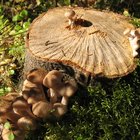
Mushrooms Found in Northern Michigan
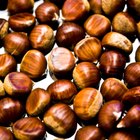
Are Buckeyes & Chestnuts the Same?
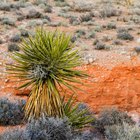
Fruits or Vegetables That Start With Y

Free Things to Do in New Hampshire
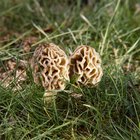
Mushrooms Native to Pennsylvania
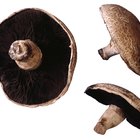
How to Cook Mushrooms as Hamburger Buns

How to Freeze Ramps & Wild Leeks

Can I Use Kale That Has Yellowed?
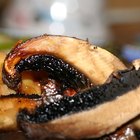
How to Dehydrate Morel Mushrooms

List of Wild Edible Plants & Berries in ...
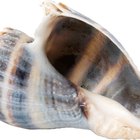
How to Remove Whelk Shells

The Best Way to Cook Morel Mushrooms
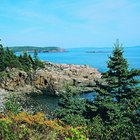
Maine Wild Edible Plants
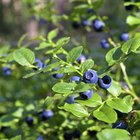
Places to Pick Wild Blueberries in ...
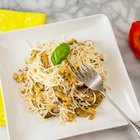
How to Cook Chanterelle Mushrooms

How to Boil Organic Eggs

Family Activities in Temperate ...
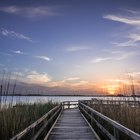
Beaches in Virginia Closest to West ...
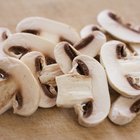
How to Clean Supermarket Cut Mushrooms
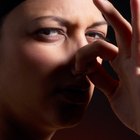
How to Eradicate the Smell of a Dead ...
Writer Bio
This article was written by the CareerTrend team, copy edited and fact checked through a multi-point auditing system, in efforts to ensure our readers only receive the best information. To submit your questions or ideas, or to simply learn more about CareerTrend, contact us [here](http://careertrend.com/about-us).